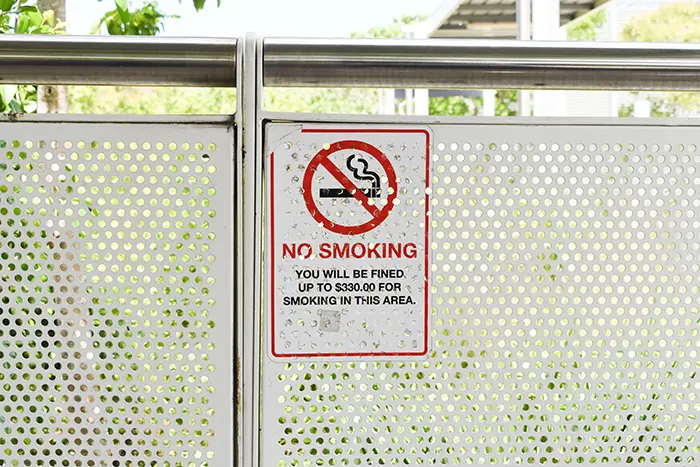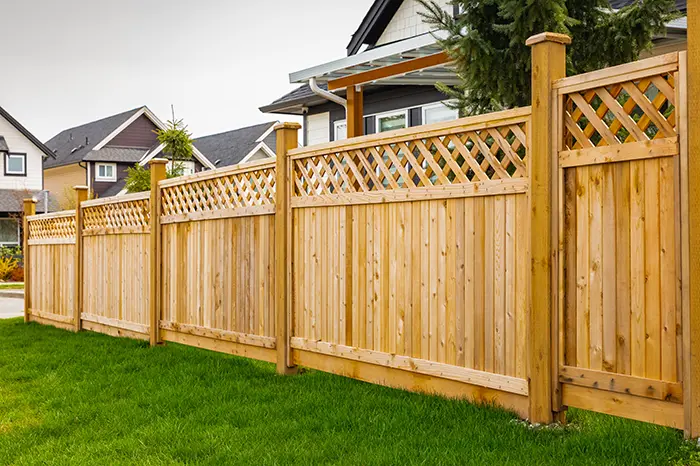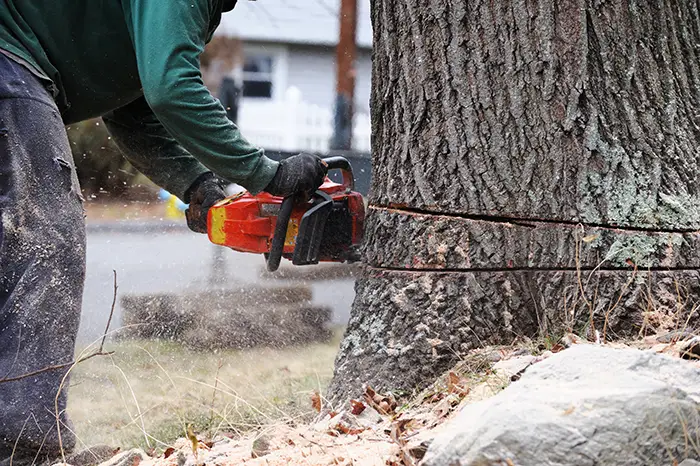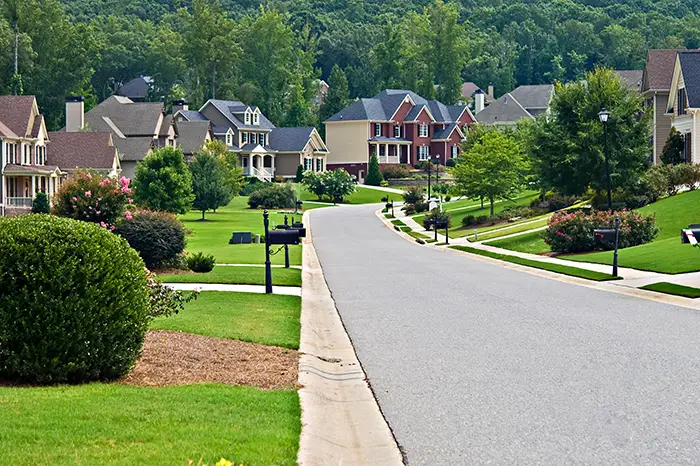HOA Board Of Directors Code Of Conduct: What Should Be Expected?
Being on the HOA board involves dealing with fellow board members. As leaders of the community, this needs to be done in a way that sets a good example. After all, homeowners trust their board to make fair and informed decisions, representing the best interests of the community.
What is the HOA Board of Directors Code of Conduct?
It’s a set of guidelines that outline how board members should act while serving the community. provides a guide on what is expected of their behavior when making decisions on behalf of the community, as well as the way they treat other people within the community.
At its core, these guidelines remind HOA board members of their duty to the community. Apart from that, it helps make sure that all their actions as part of the board of directors reflect their professionalism.
Each community may have a different set of rules. However, most codes are made with the same principles at their core. They help boards operate smoothly while maintaining the trust of homeowners.
Why an HOA Board Code of Conduct Matters
A lot of responsibility goes into managing a homeowners association. When you’re part of the board, you’re also responsible for budget management, rule enforcement, and decision-making. All of these directly influence the homes and lives of residents. Given that heavy task, knowing what is expected of you is crucial.
A well-written HOA board code of conduct can help with the following:
- It helps prevent conflicts among board members or between board members and residents.
- Having these rules minimizes legal risks since they encourage acting ethically.
- As proper decorum shows respect and professionalism, it also builds trust between the board and homeowners.
- It also protects the reputation of your HOA.
When everyone on the board understands how to conduct themselves, the HOA can function more effectively. Without a code of conduct, disagreements and personal conflicts can escalate and develop into larger problems that impact the entire community.
What is the HOA Board Code of Ethics?
A code of ethics and a code of conduct can go hand in hand. Many associations also adopt an HOA board code of ethics to complement the code of conduct.
The two are closely related, but the code of ethics deals with a board member’s integrity. On the other hand, the code of conduct deals with specific behaviors and HOA procedures.
Both documents work together to create a clear standard for board service.
Principles Behind the HOA Board of Directors’ Code of Conduct
Serving on the board isn’t just about attending meetings or voting on motions. It’s about setting the tone for the community. The way board members carry themselves reflects directly on the HOA.
Duty of Care
Members of the HOA board need to act in the best interest of the community. They should not prioritize their own personal interests. With this, they need to make decisions based on facts. They should consult experts in the field if required and stay informed about current HOA issues.
Duty of Loyalty
Most HOA board of directors code of conduct highlights the need for directors to prioritize the HOA’s welfare over other things. Members should then avoid getting into situations where their interests might conflict with their fiduciary duty.
Duty of Confidentiality
Part of running an HOA effectively is having access to sensitive information about the community and its members. These may include legal information, resident disputes, and financial details. As part of the HOA board, they must keep this information private. The only times they would do otherwise are if disclosure is legally required.
Fairness and Impartiality
HOA board members need to treat all homeowners equally. When enforcing community rules, consistency is essential to avoid favoritism. Additionally, decisions should not be influenced by any personal relationships or individual pressure from homeowners.
Transparency

While confidentiality is important, board members should also be as transparent as possible with homeowners. The two are not mutually exclusive, and they go hand in hand in effectively running your HOA. Maintaining open communication with your residents fosters trust and helps prevent the spread of misinformation.
Respectful Communication
There are times when discussions during board meetings will get heated. However, staying respectful towards each other should still be a must. Members should listen to one another’s opinions and refrain from personal attacks. They should maintain a professional atmosphere even when disagreements occur.
Compliance with the Law and Governing Documents
Board members are not exempt from any federal, state, or local laws. They are not exempt from their own HOA governing documents either. All actions of the HOA board need to comply with these laws. If they ignore them, their actions can expose the association to legal trouble.
What Does the Davis-Stirling Act Say About Board Conduct?
In California, the Davis-Stirling Common Interest Development Act is referenced as the main legal framework for HOAs. It outlines everything from board elections to financial disclosures.
However, this legislation doesn’t provide a specific code of conduct for HOA board members. In its place, it does outline rules and expectations involving the board’s behavior.
One important thing mentioned in the Davis-Stirling Act is the board member’s fiduciary duty to the community. This requires honesty, care, and loyalty to the community while acting on behalf of its residents.
The Act also requires the following from HOA board members:
- Conflict of Interest Disclosures: Board members must disclose any financial interest they may have in contracts under consideration by the HOA. Generally, members are prohibited from voting on such matters to avoid the appearance of self-dealing.
- Consistent Rule Enforcement: California law highlights the need to enforce HOA rules fairly and consistently. If the board ignores violations or selectively enforces rules, members could face legal challenges from homeowners.
- Proper Use of Authority: Board members must stay within the scope of their authority. They cannot create rules or impose penalties that are not supported by the HOA’s governing documents or the law.
HOA Board of Directors Code of Conduct: What is Included?
Each HOA is unique, but most codes of conduct include similar guidelines. Here’s a list of items many communities choose to include:
- Commitment to Ethics and Integrity: These are promises to act honestly and fairly in all board matters.
- Avoidance of Conflicts of Interest: Rules about disclosing possible conflicts and refraining from related votes.
- Confidentiality Agreement: This requires the board to keep sensitive information private.
- Respectful Behavior: These guidelines outline how members should treat fellow board members, homeowners, vendors, and staff.
- Consistent Enforcement of Rules: Pledges to enforce HOA rules fairly and without bias.
- Transparency and Communication: These expectations involve open communication with homeowners while respecting their privacy when necessary.
- Legal and Fiduciary Compliance: This reminds HOA board members to follow state laws, federal regulations, and the HOA governing documents.
- Commitment to Education: This encourages the board to attend training or workshops to serve their community better.
- No Personal Gain: These are rules against using the board position for personal benefit.
Tips for HOA Boards and Homeowners
Following an HOA board of directors code of conduct helps avoid any legal trouble. It also helps build a stronger, more harmonious community. Here are some practical ways both boards and homeowners can support ethical leadership:
For HOA Boards

- Adopt a Written Code: Sometimes, HOAs don’t have a code of conduct set. If your HOA doesn’t already have a formal code of conduct, now is the time to create one. Having a written guide makes it easier to set expectations clearly.
- Hold Regular Reviews: A code of conduct is not set in stone. Times can change, and your code of conduct may need to be updated. The board should review the document annually to ensure it remains relevant and accurately reflects the current needs of the community.
- Provide Training: New board members often benefit from orientation or ethics training. Educating members about their responsibilities helps prevent missteps and encourages a consistent approach to governance.
- Lead With Transparency: Being open about board decisions and community matters fosters trust. Boards should regularly share meeting agendas, minutes, and updates, while still respecting confidentiality when appropriate.
For Homeowners
- Know the Code: Homeowners should also be aware of the HOA board’s code of conduct. This helps residents keep their HOA board accountable. It also enables residents to understand better why certain decisions are made.
- Attend Meetings: Homeowner involvement is key to a healthy HOA. Attending meetings demonstrates to the board that residents are engaged, which in turn encourages ethical behavior and good governance.
- Communicate Respectfully: Respectful dialogue is a two-way street. Homeowners should approach board members politely, even when raising concerns, to maintain constructive and solution-focused community interactions.
Setting an Example
The HOA board of directors code of conduct is one of the most vital foundations for community trust. Board members leading with integrity, respect, and fairness contribute greatly to the HOA’s success. By creating and following a clear standard, your board members can easily stay focused on serving their community with care.
Need professional help in handling and enforcing HOA board member conduct? Personalized Property Management offers HOA management services around Southern California. Call us at 760-325-9500 or email us at info@ppminternet.com for more information!
Related Articles




























